The Roles and Responsibilities of a SAFe Agilist You Never Knew
Agilemania
DECEMBER 6, 2021
It was circa 2011 when Dean Leffingwell decided to conceptualize the Scaled Agile Framework. SAFe is a knowledge base of proven, integrated principles, practices, and competencies for achieving business agility using Lean, Agile, Systems Thinking, and DevOps. A SAFe agilist is the person responsible for Lean-Agile transformation.

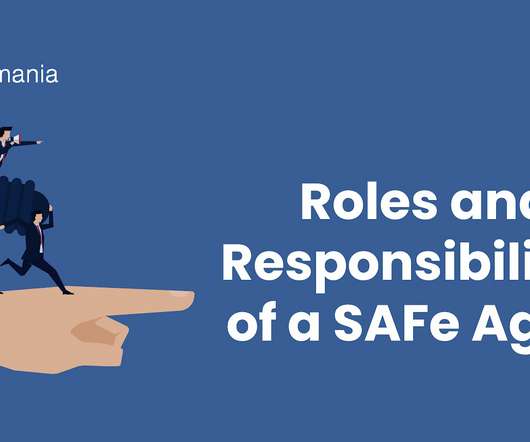
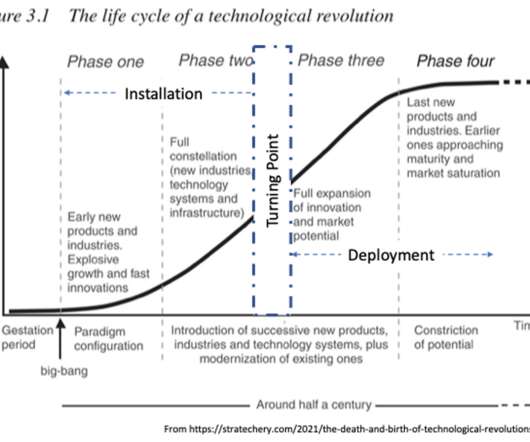
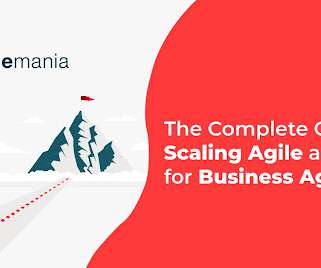
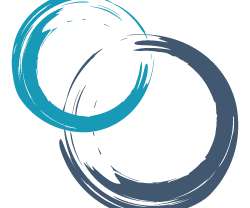
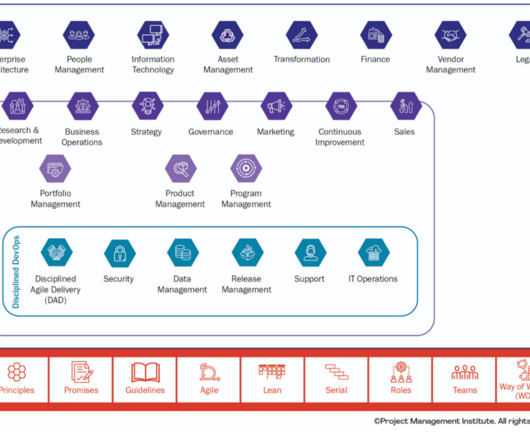
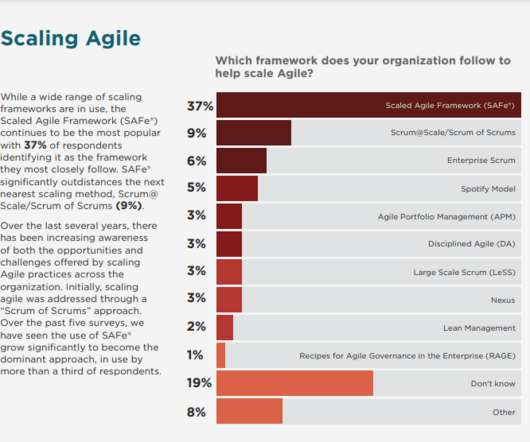
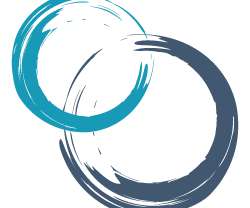


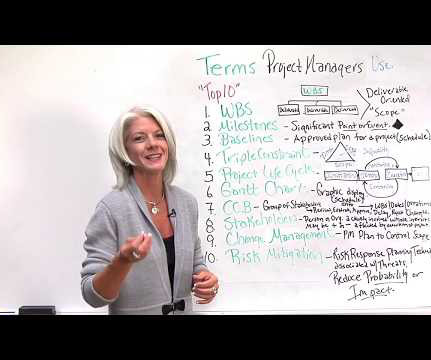



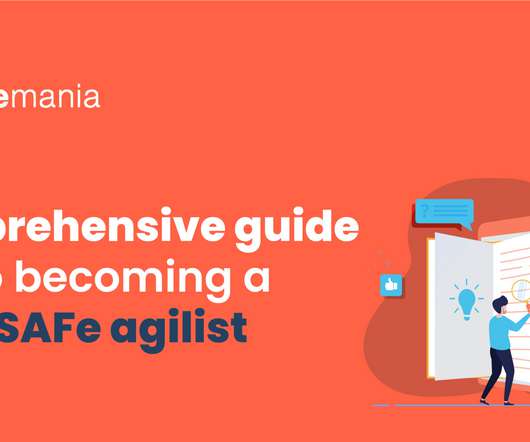
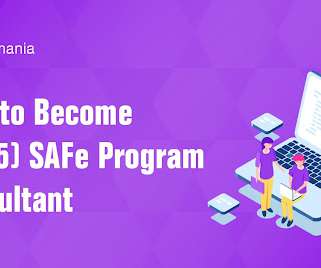












Let's personalize your content